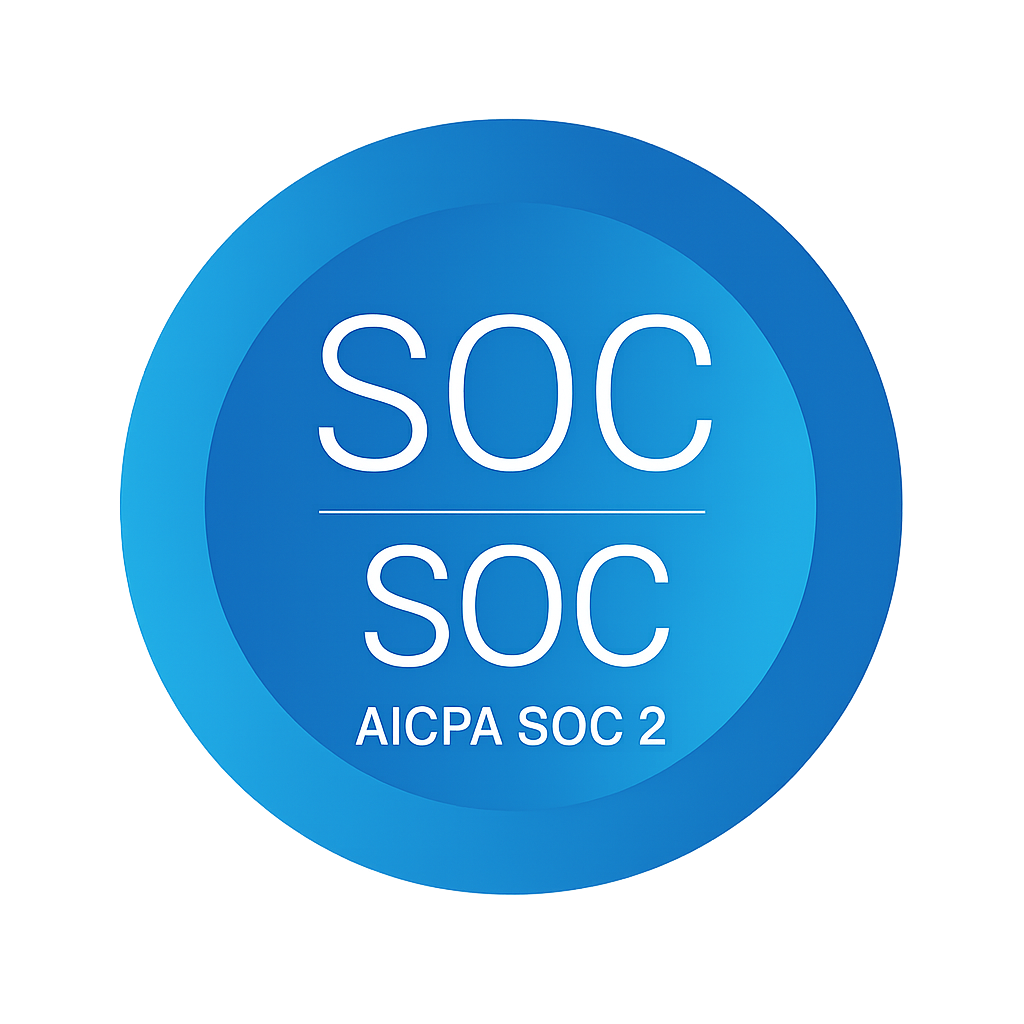Blog Summary:
- Understand the growing need for change management in agile projects.
- Learn why traditional change management approaches need to adapt for agile environments.
- Discover key benefits of integrating agile change management.
- See how to break down change management activities into manageable pieces for agile projects.
How to include change management into an agile project management technique is a question we get from clients all the time. An issue that is becoming more significant as organizations implement agile working practices against a backdrop of disruptive change.
A prominent area where we have seen IT development projects fail is in the implementation phase, which serves as a reminder of the need for change management in IT projects. With IT/software projects, using an agile change management technique aids organizations in successful implementation and achievement of the anticipated (or often more than expected) project benefits.
When working on development projects, the agile atmosphere is conducive to an ongoing change management strategy.
An agile Change Management framework's integration into a more conventional waterfall software development methodology makes sense to a Change Management Practitioner.
You carry out your initial legacy assessment upfront, comprehend the degree of change the project will bring about, grasp your people's risks (and prepare steps to reduce them), and plan in the proper change management, training, and communication activities throughout the project's lifespan. Maybe a touch too simply put, but you get the idea.
The approach to change management must adapt to an agile project management development lifecycle and embrace agile change management techniques. Instead of being a resource that is used when training or communication is required, the characteristics of an agile project actually allow the change management function to become a vital part of the project team.
Simply said, agile project management approaches software development from a risk minimization perspective. We are accustomed to business needs changing rather quickly in today's fast-paced climate. By identifying and minimizing Organizational Change Management, or people, risks, Agile Change Management supports and improves the risk reduction method.
Manageable Change Management
Adaptive thinking
By breaking the project up into manageable pieces and going through the complete development lifecycle—requirements-design-development-development-testing-deployment—for each iteration, agile development enables a project to adapt to changes in business demands and requirements. With agile, project teams seek quick and nearly continuous user feedback and involvement throughout the project. Think of daily stand-up meetings as an example of greater internal communication. You don't need to adjust what you do when applying your agile Change Management best practices to such a development environment; instead, change how often you carry out change management activities. As an Agile Change agent, you may, for instance, employ pulse surveys rather than more comprehensive one-time change surveys.
Organize your change management efforts into three tiers.
When working with agile, you must consider at three different levels: project, release, and iteration (or Sprint). When deciding how to implement efficient change management into an agile project organization, keep the following in mind: To assess the people risks concerning the project and the readiness for change, you still need to put in some preliminary work at the project level. The project's primary goal will be to change something about the organization. Although the precise functionality might not be known, the project's goal will be clear from the start (change the HR system, improve the website, introduce new call center technology).
- Assess the risks and the legacy of your initiative at the project level. This will help you understand the user groups' readiness for change and the particular people risks you need to manage throughout the project.
- Make sure the project has strong, obvious leadership support.
- Plan out your workstreams to include any communications that will be required at the project level.
- Make sure that the topic of personnel risks is included throughout standups and other feedback meetings like retrospectives.
Users will be able to notice the changes after a release. For each release, user education, user documentation, and communication are required.
Getting input from a larger user base and incorporating it into the project to make improvements for the upcoming release also helps a project succeed. Feedback may be provided regarding a particular functionality, improvements to processes, levels of project engagement, the potency of change leadership, or general communications, for instance.
Work closely with the project team during each iteration or sprint to make sure that the user voice is heard through design, prototyping, and user testing. Making sure the project includes actual users is the best course of action (rather than full time user testers). Additionally, be aware of how this particular set of functions may affect human dangers, and make sure the proper steps are made to reduce such risks.
Agile development necessitates more involvement from change management.
Just by taking these suggestions into account, it is obvious that working on agile projects increases the complexity of the change management job. You will need more than a few change specialists to properly integrate change management into an agile project organization. Your company can support the change management required to deliver agile projects successfully and sustain its agility over time by developing a strong internal enterprise change management capacity.



















.png)

.png)








